



Continuous Efforts of Medical Professionals in Group-based Xizang Assistance Have Yielded Fruitful Results
Since the "group-based" medical aid work for Xizang started in 2015, supporting provincial and municipal units have successively sent nine groups of medics (totaling 1,700 people) to Xizang with a strong political mission and responsibility. The "1+7+13" aid recipient hospitals have made historic achievements and changes, and people of all ethnic groups have enjoyed high-level medical services near their homes. The CPC Xizang Autonomous Regional Committee and the regional government attach great importance to the work, providing strong guarantees regarding funds, staffing, and housing, to promote the effective and orderly development of "group-based" support for Xizang.
Five Quality and Efficiency Improvement Goals
First, Quality and Efficiency Improvement in Comprehensive Strength of "1+7" Hospitals
The clinical service capacity of the Xizang Autonomous Region People's Hospital and Lhasa People's Hospital aims to be close to or reach the average level of 3A-grade hospitals in provincial capitals of the country's western regions. The Xizang Autonomous Region People's Hospital seeks to build a National High Altitude Disease (Xizang) Medical Center, and the other six hospitals aspire to achieve an average level of tertiary hospitals in the country's western regions.
Second, Quality and Efficiency Improvement in Medical Services
Eight hospitals will complete the construction of "five centers" (chest pain center, apoplexy center, trauma center, treatment center for pregnant and lying-in woman, and critical child and newborn treatment center), establish a multidisciplinary diagnosis and treatment model for acute diseases, and form a joint force in emergency services for critical and severe cases.
Third, Quality and Efficiency Improvement in Influence and Driving Force
Each prefecture-level city will establish at least one medical consortium that covers counties and townships, forming a cooperative mechanism of resource sharing, complementary advantages, and coordinated development to effectively support healthcare institutions at the primary levels.
Fourth, Quality and Efficiency Improvement in Medical Staff Team Development
Healthcare human resources-related indicators (such as the number of medical practitioners (physician assistants) per 1,000 persons, number of registered nurses per 1,000 persons, number of general practitioners per 10,000 persons, etc.) aim to approach the average level of the country's western regions during the same period.
Fifth, Quality and Efficiency Improvement in Enhancing the Overall Health Status of Residents
The important health indicators of residents (the mortality rate of pregnant and lying-in women, the mortality rate of infants, the hospital delivery rate of pregnant and lying-in women, average life expectancy, etc.) will be close to or reach the average level in the country's western regions during the same period.
Significant Enhancement in Comprehensive Strength of Hospitals
Focusing on establishing and strengthening tertiary hospitals, efforts have been put in continuously deepening the "hospital-based department construction" mechanism, introducing and transferring advanced technologies from hospitals of supporting provinces and cities, intensifying research efforts, gradually filling the gaps in plateau medical expertise, developing a set of distinctive key departments in assisted hospitals, and leading and driving hospitals to transform from accelerated development to high-quality development.
|
Xizang Autonomous Region People's Hospital and Peking University Third Hospital carry out remote teaching and ward rounds for difficult and critical cases in Beijing and Xizang |
Medical experts in the group-based Xizang-aid team pair with local medical workers at Chamdo People's Hospital. |

Strive to fill technological gaps on the plateau
Continuous Development and Expansion of the Talent Pool
Talent has always been regarded as the top priority in driving hospital development. The focus is put on "cultivating, introducing, utilizing, and retaining" talent. Efforts have also been made to guide hospitals to scientifically formulate talent team construction plans, continuously deepen the "master-apprentice" work mechanism, effectively carry out work for middle-level officials competing for posts as well as recruiting and introducing talent, and actively send local talent for training in hospitals of supporting provinces and cities, aiming to cultivate a large group of reliable, competent, and retainable core workforce for hospital development and construction.
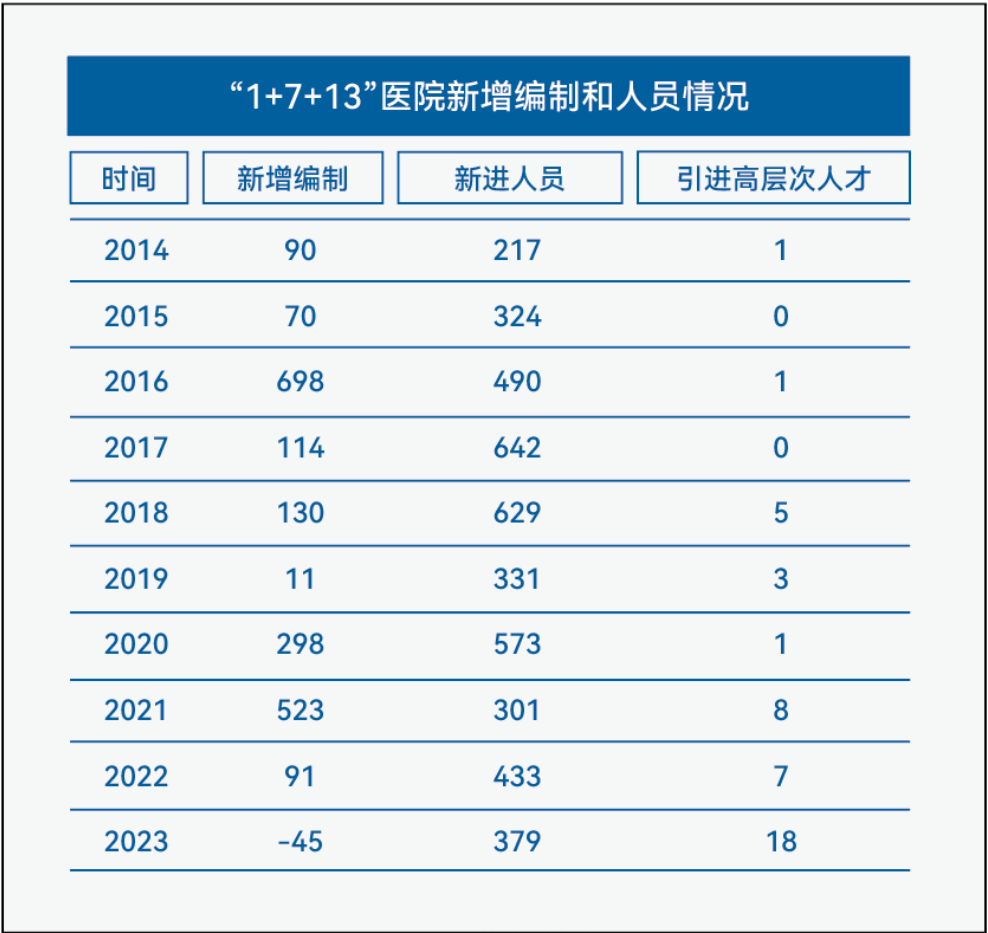
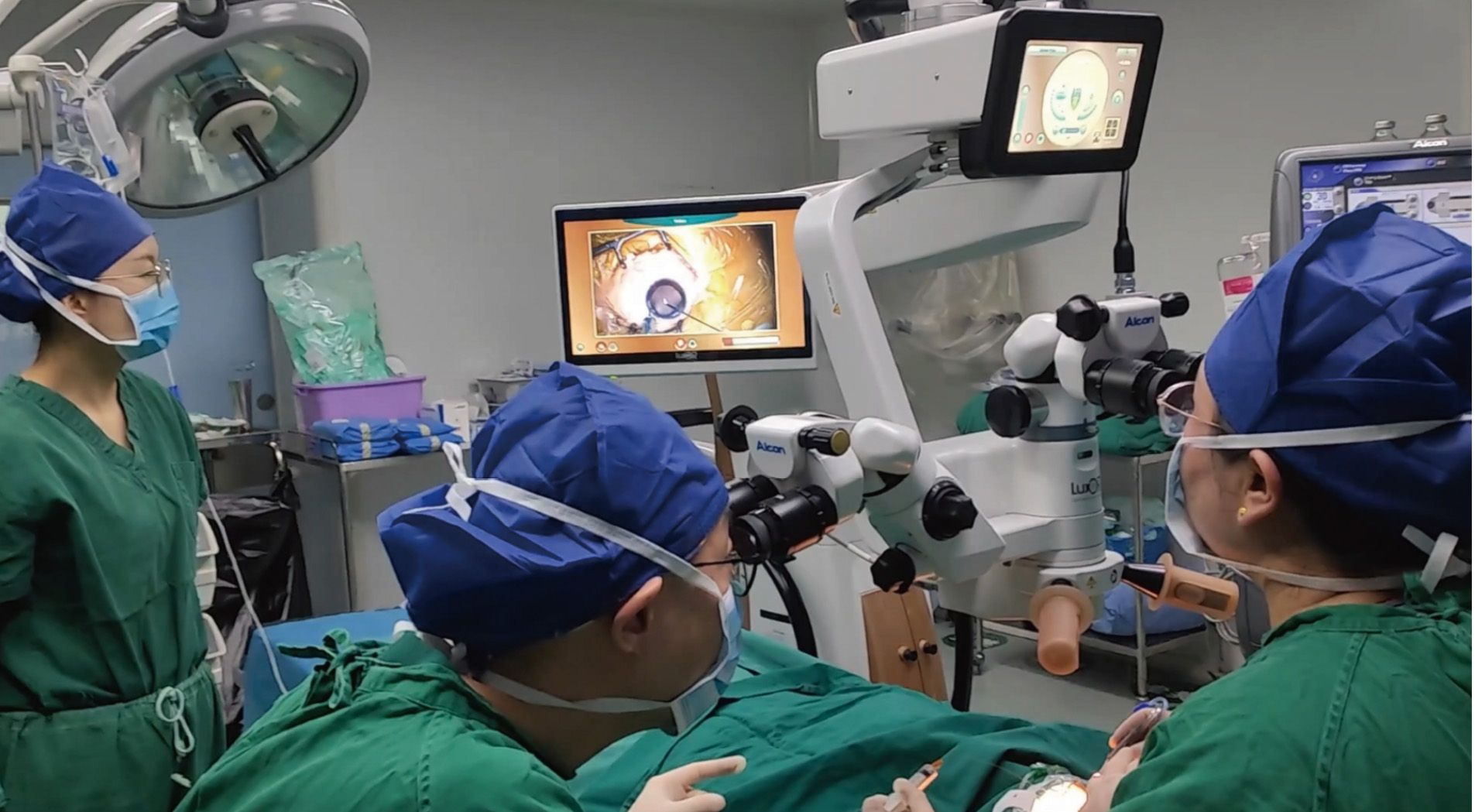
Local doctors from the Xizang Autonomous Region People's Hospital independently perform a pediatric cataract operation under the guidance of Xizang-aid experts and demonstrate the procedures to other students through a recording and broadcasting system
 Hand in hand for mutual development: Xizang Autonomous Region People's Hospital undertakes the 10th Xiehe-Xizang Ultrasonic Medicine Forum |
 Xizang Autonomous Region People's Hospital hosts the 1st China Plateau Cardiothoracic Conference, bringing together domestic authoritative experts in the field of cardiothoracic medicine in Lhasa to discuss the development plan |
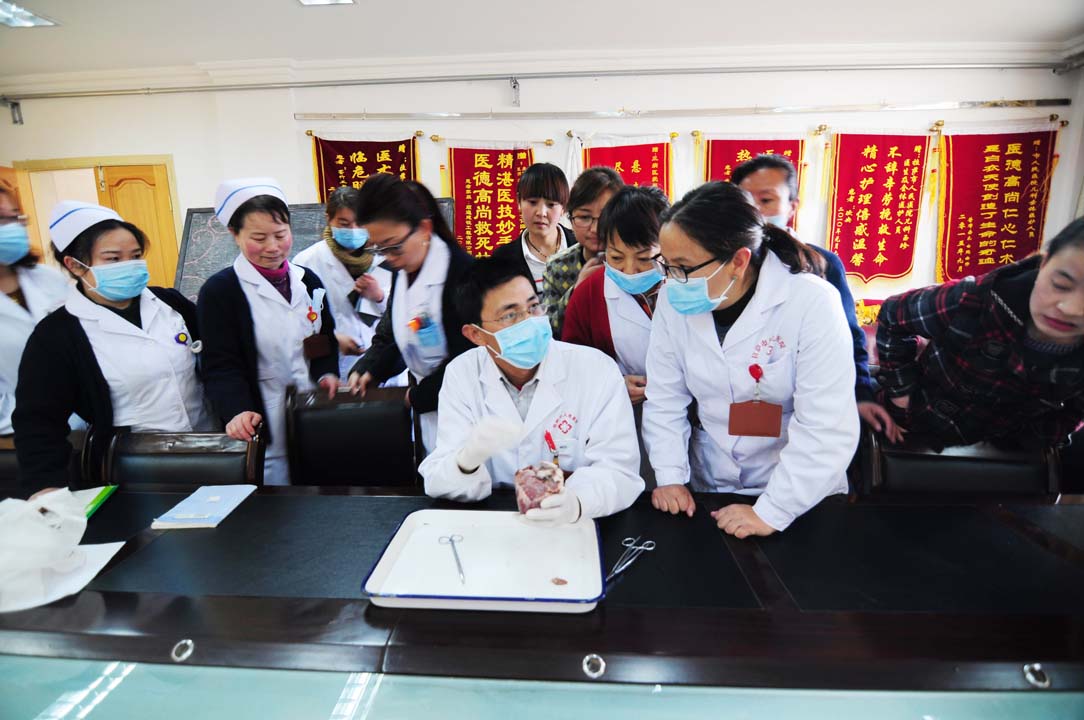
|
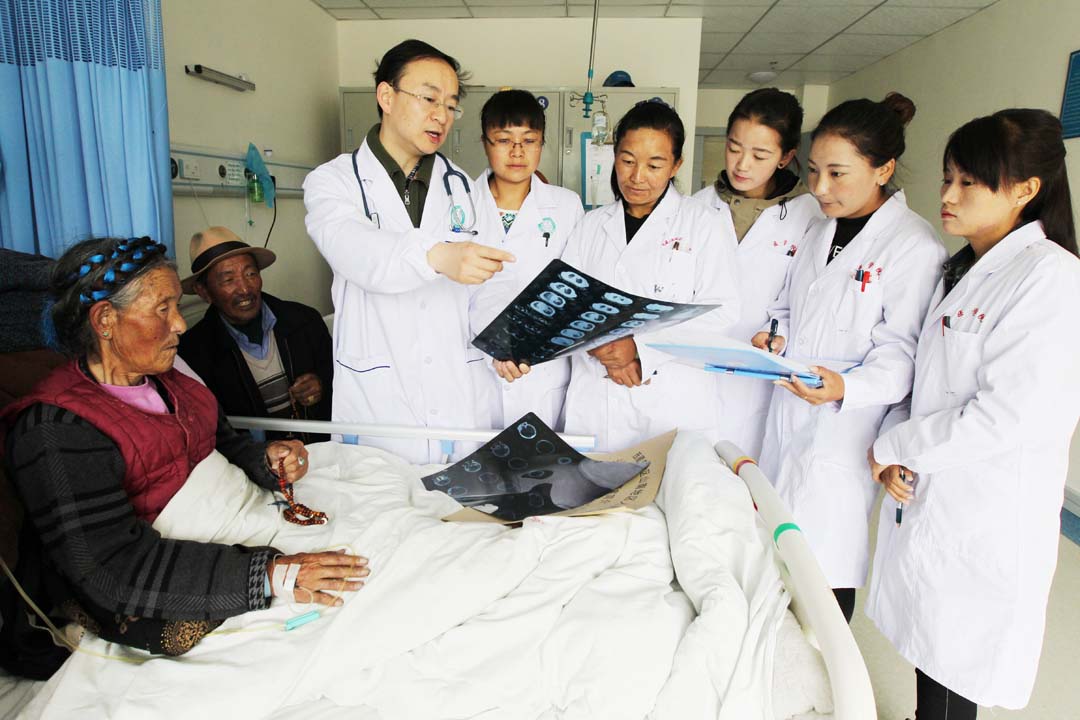
|
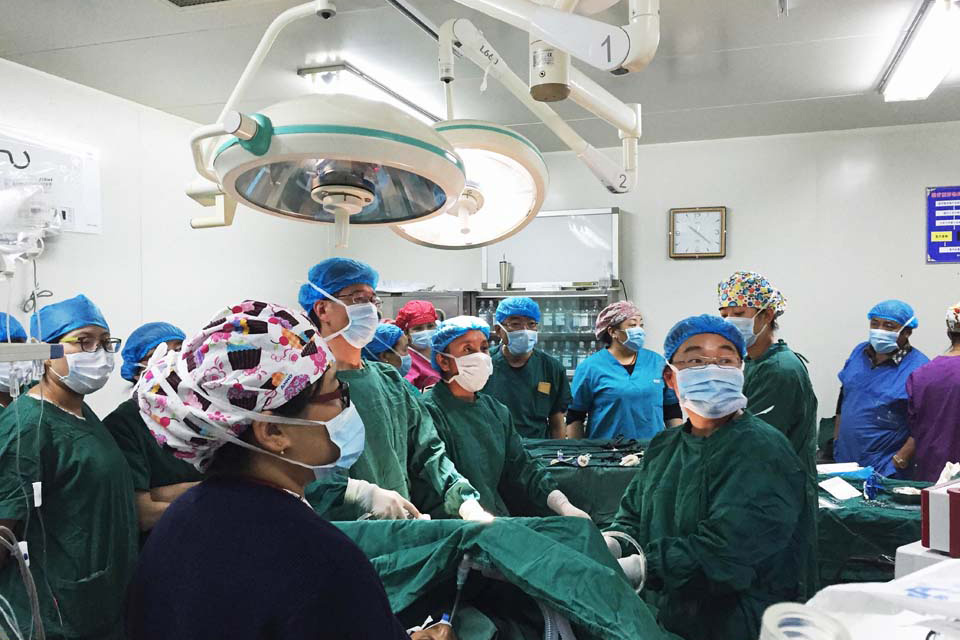
|
The medical experts from the group-based Xizang-aid team teach patiently in a supported hospital
Makeover of Assisted Hospitals
Since 2015, the CPC Xizang Autonomous Regional Committee and the regional government have attached great importance to setting up a special fund for medical talent to support Xizang in a group-based manner, integrating various funds, investing more than 3 billion yuan, and supporting the infrastructure construction of "1+7+13" hospitals, purchase and renewal of large-scale medical equipment, and informatization construction. Modern hospitals have emerged on the snowy plateau one after another, and high-end medical equipment such as 3.0T MRI, 128-slice CT scanner, and da Vinci System have been introduced into supported hospitals.
|
Lhoka People's Hospital in 2015 |
In May 2020, the new campus of Lhoka People's Hospital was officially put into use. |
The smart pharmacy built by Lhoka People's Hospital realizes intelligent drug distribution |
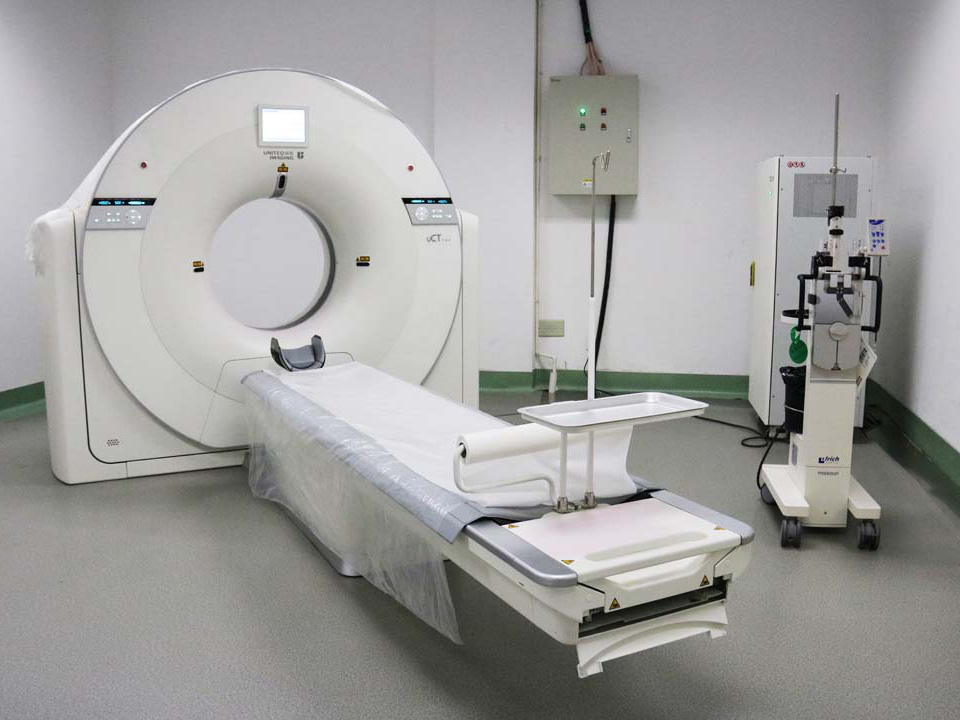
128-slice CT equipment of People's Hospital of Shigatse City |
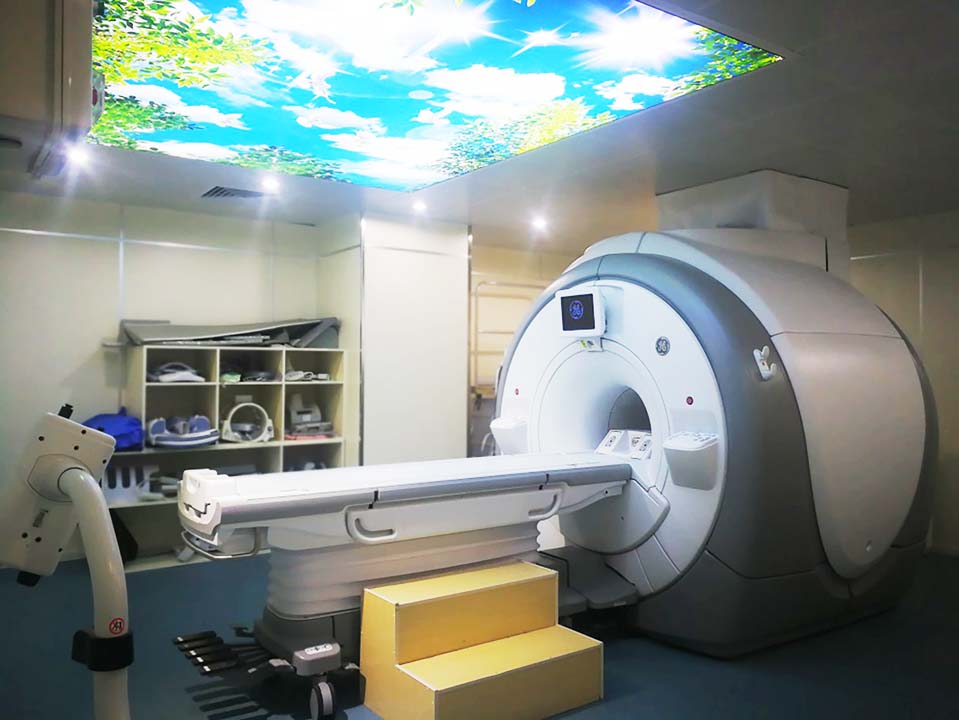
MRI 3.0T equipment of Lhasa People's Hospital |
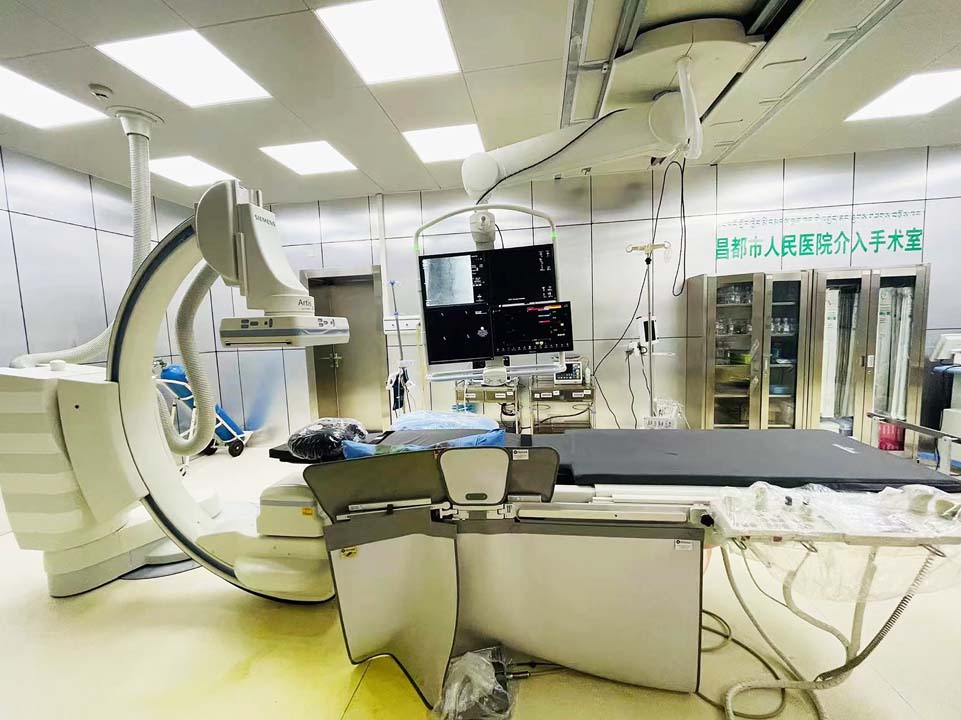
Rehabilitation robot of Chamdo People's Hospital |
Nyingchi People's Hospital15-yc36110-04 Indoor scene of hyperbaric oxygen chamber |
Comparison of new and old appearances of a supported hospital
 Newly built outpatient building of Nagqu People's Hospital |
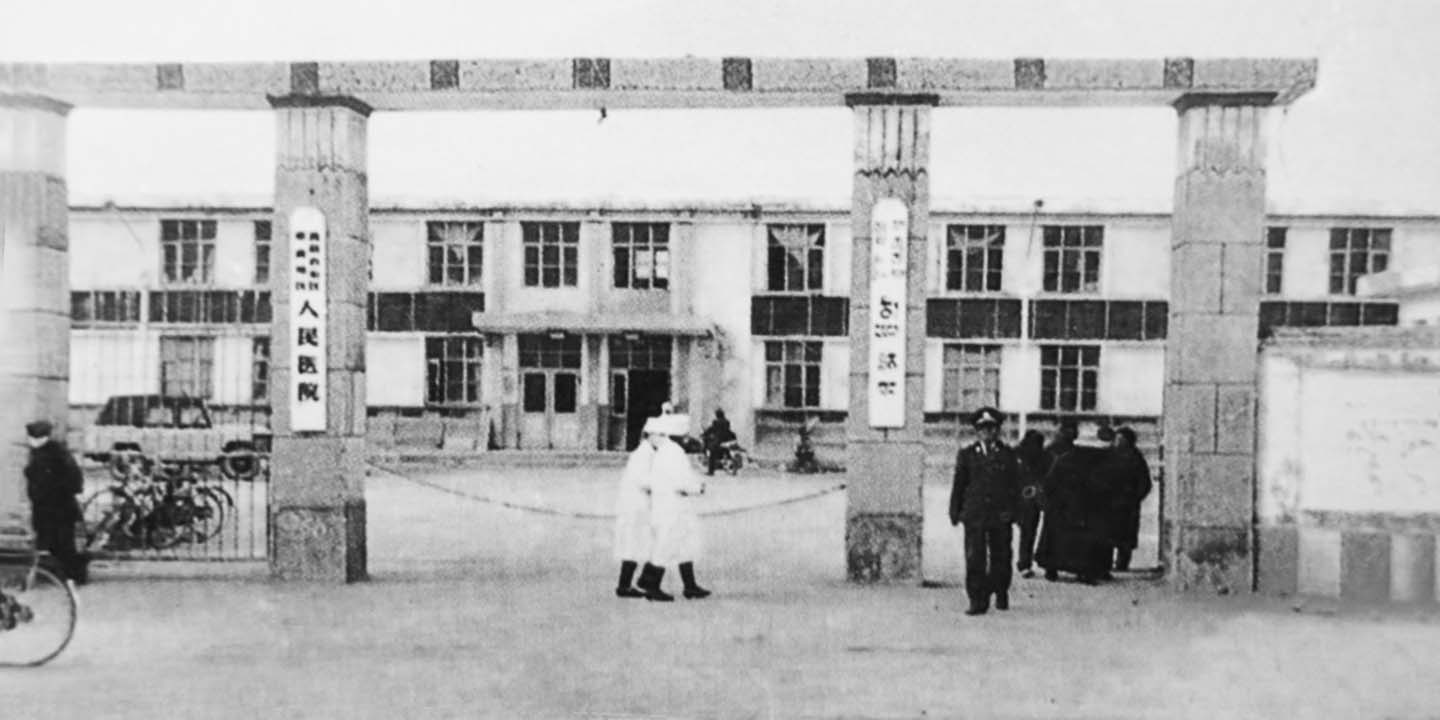 Exterior of Nagqu People's Hospital in the 1980s |